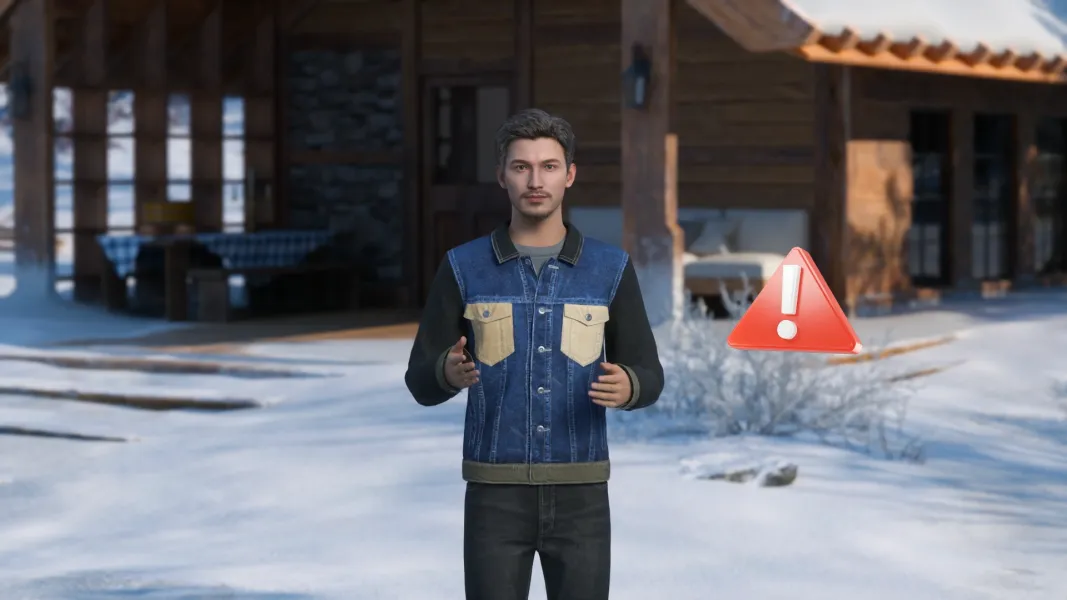Cargo Safety Training
Training video on proper cargo handling and safety measures.
Video Script
Ensuring cargo is properly secured is essential for safe transport and handling. Following the right standards protects both goods and personnel.
First, know your cargo: assess weight, size, and fragility before loading.
Use appropriate restraints—like straps, nets, or blocking and bracing—to prevent movement during transit.
Next, follow weight distribution guidelines. Heavier items should go on the bottom, lighter or fragile goods on top, and ensure loads are evenly balanced to maintain vehicle stability.
Always inspect securing equipment before use, and replace any worn or damaged straps, chains, or locks.
Finally, adhere to regulatory standards and company protocols for cargo securing. This includes checking for shifting during transit, adjusting restraints as needed, and maintaining a safe environment for everyone involved.
Remember: properly secured cargo isn’t just about protecting goods—it’s about ensuring safety, reducing risk, and delivering items reliably. By following these standards, every shipment arrives safely.
More
 Rendora Studio
Rendora Studio





